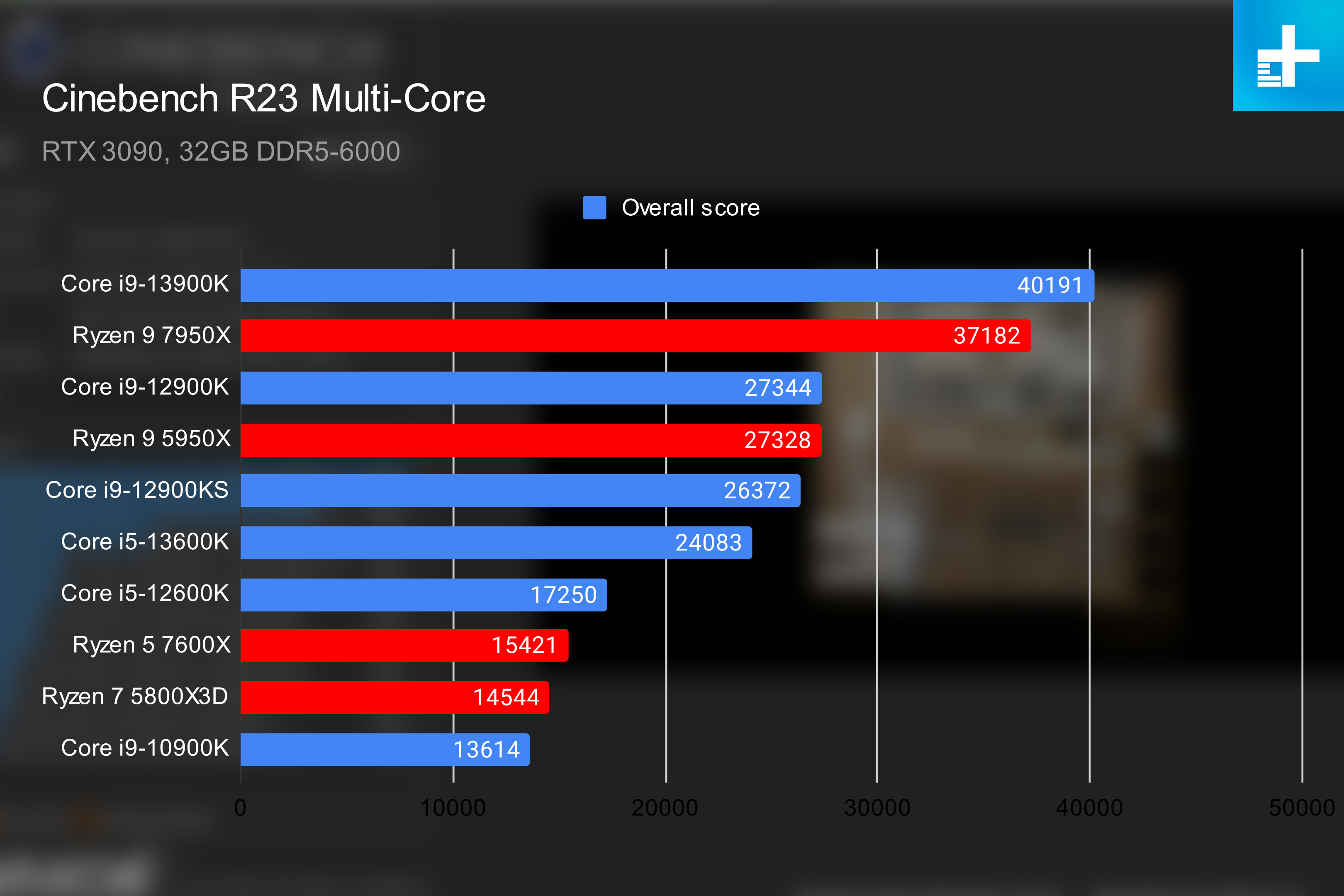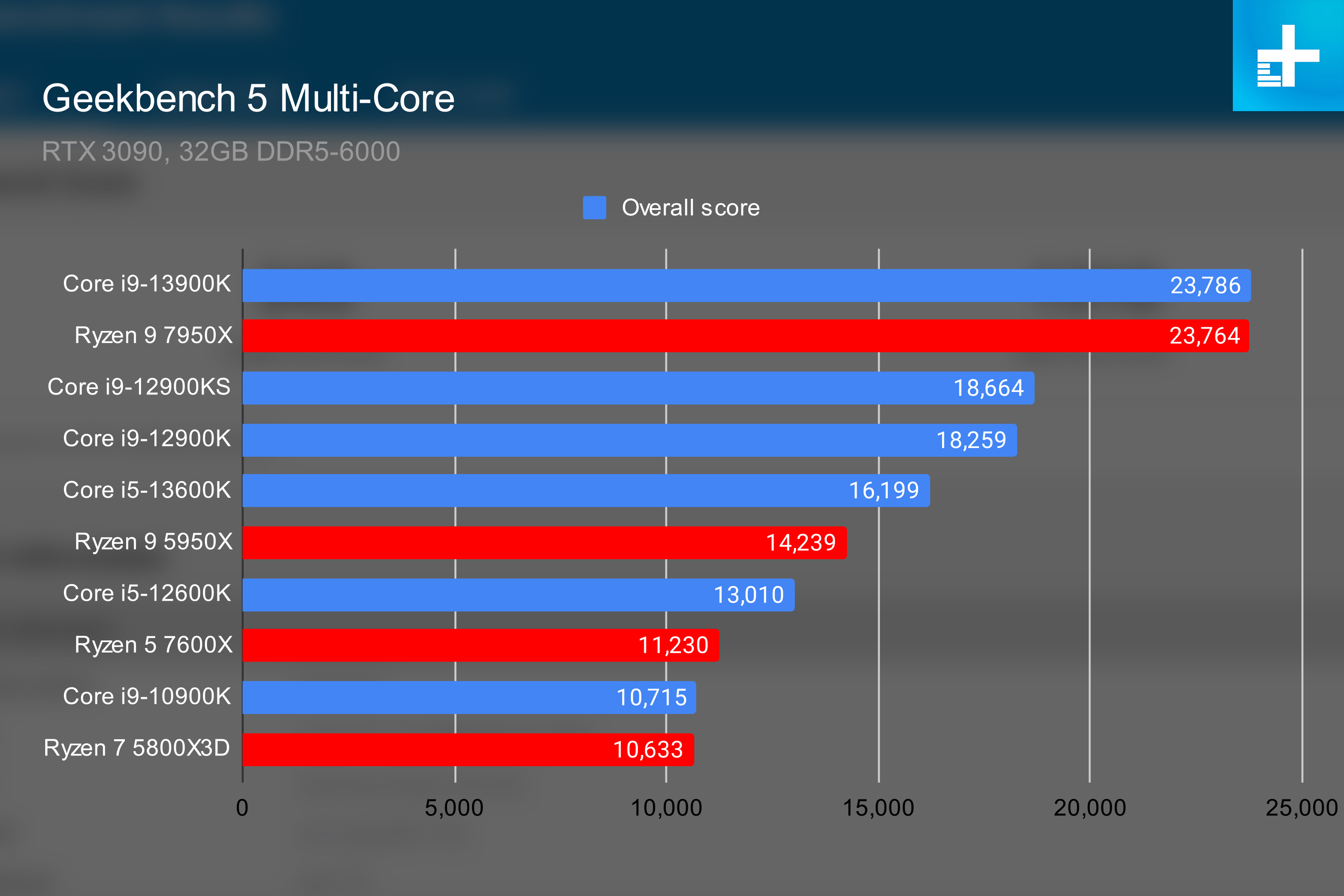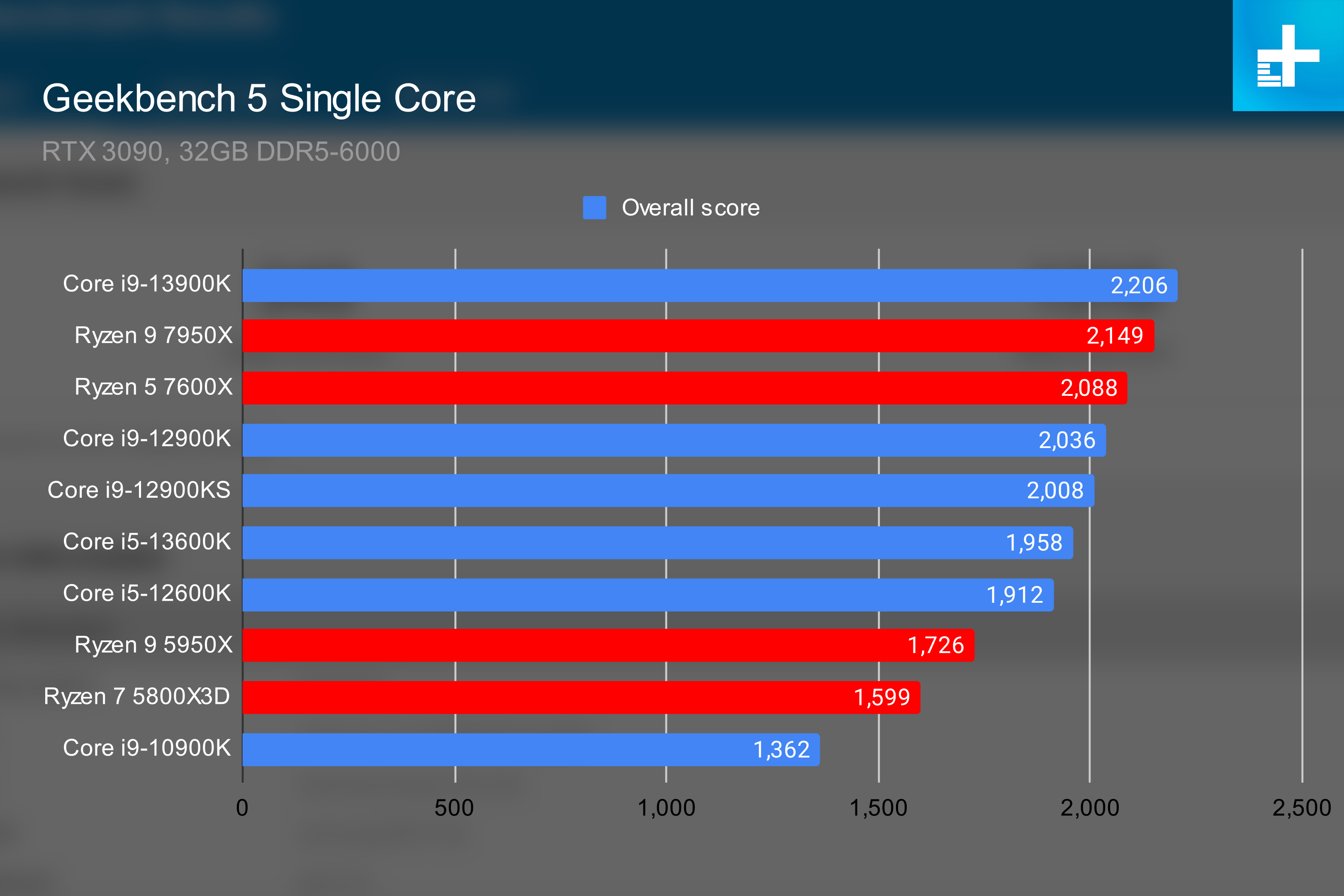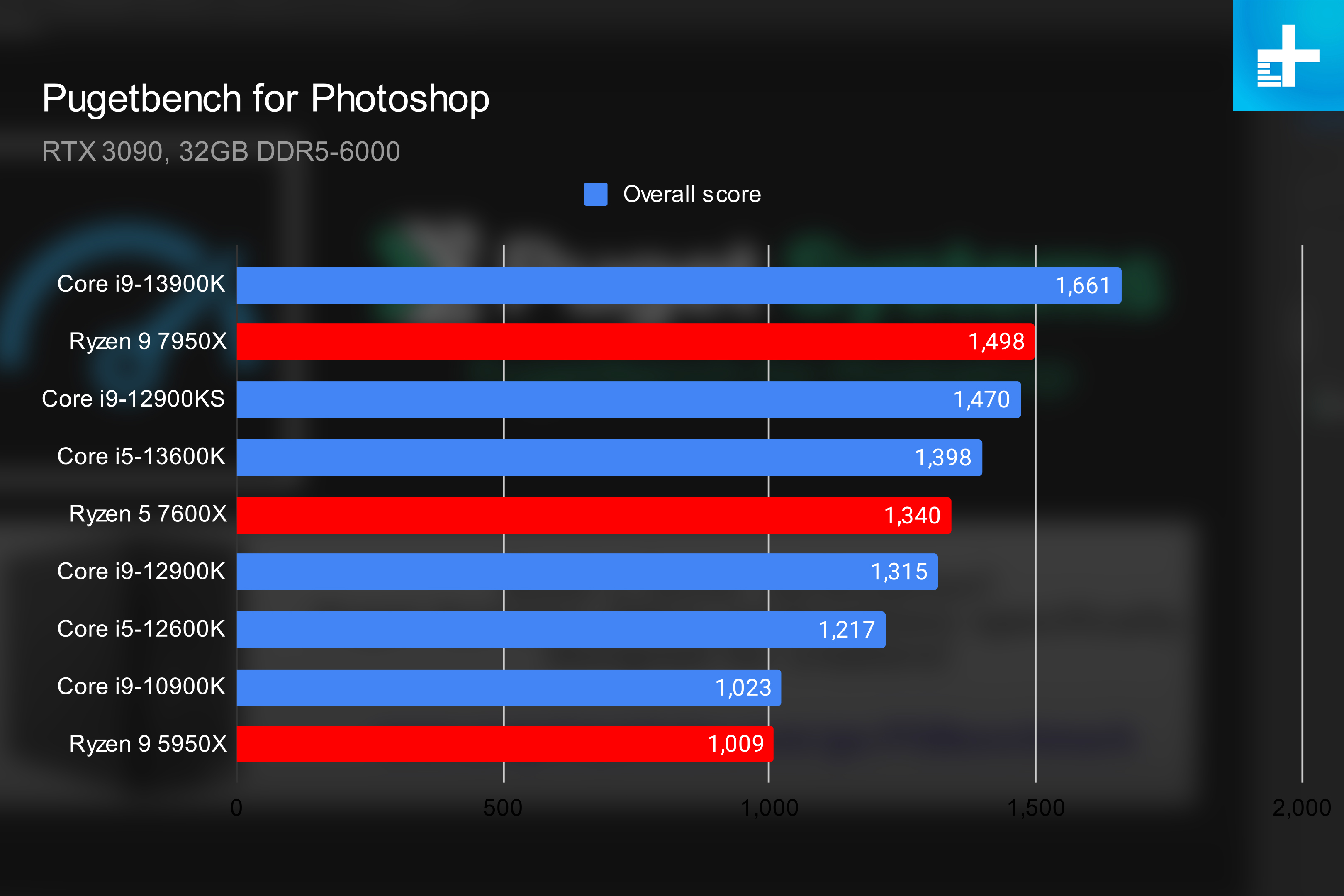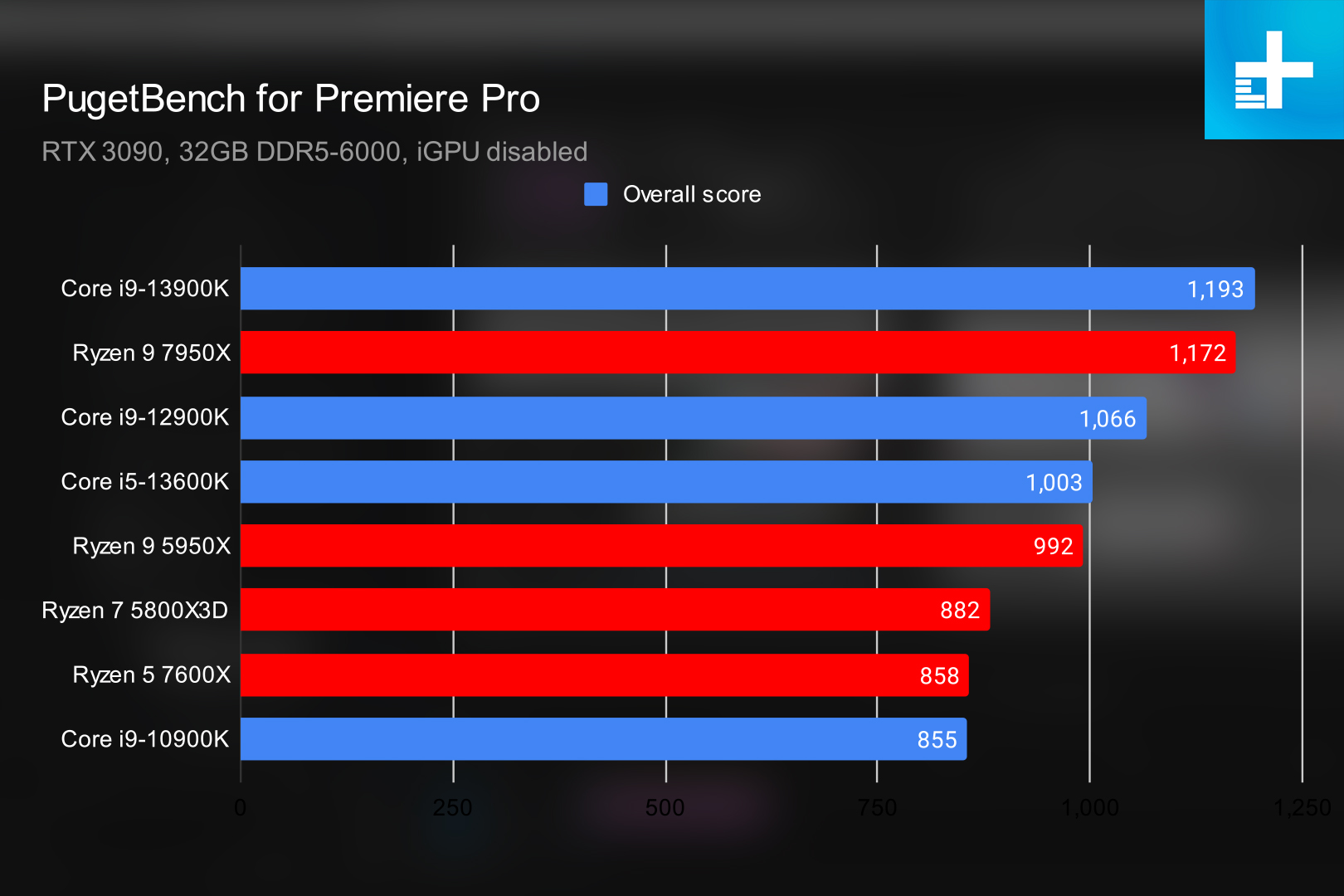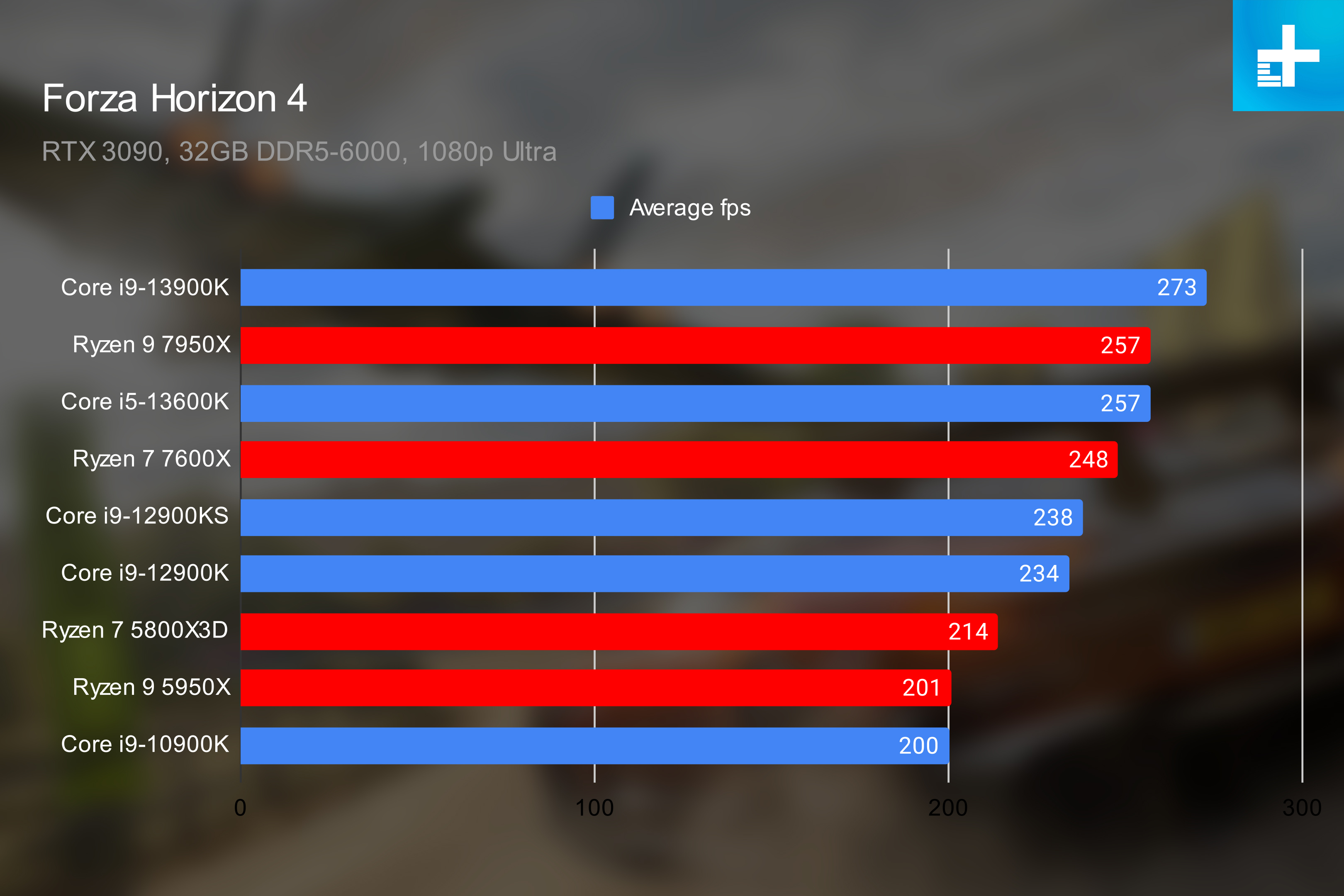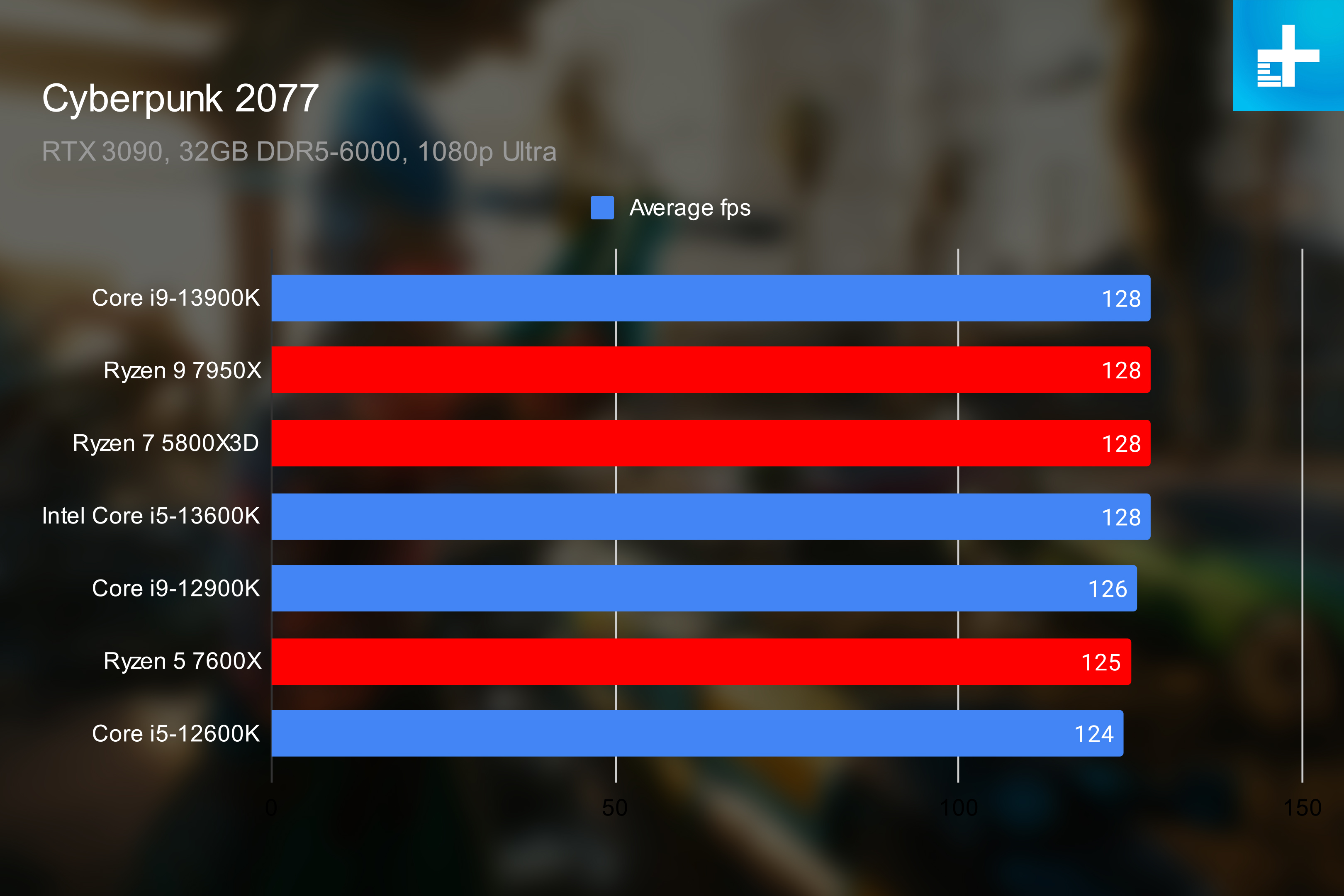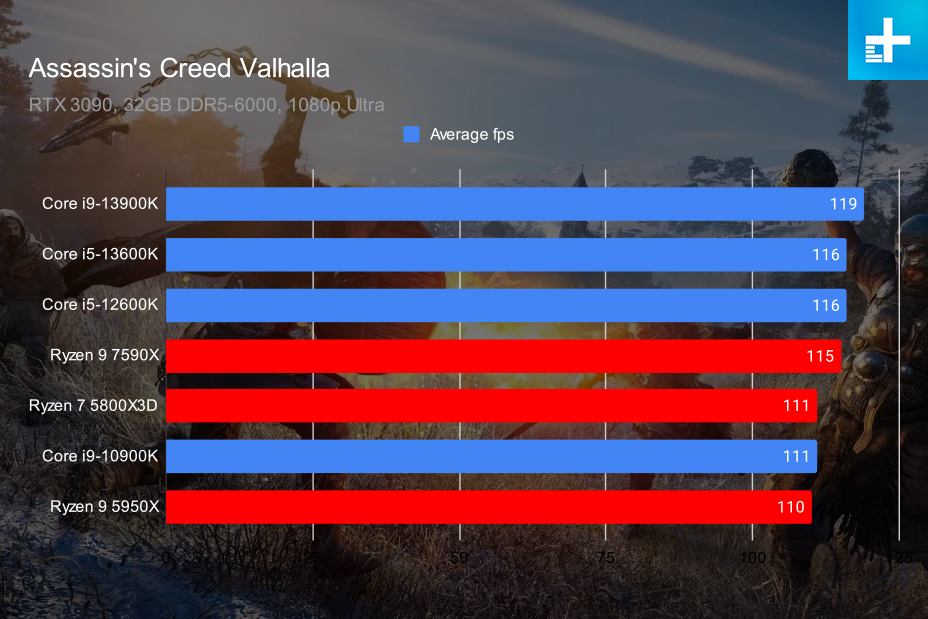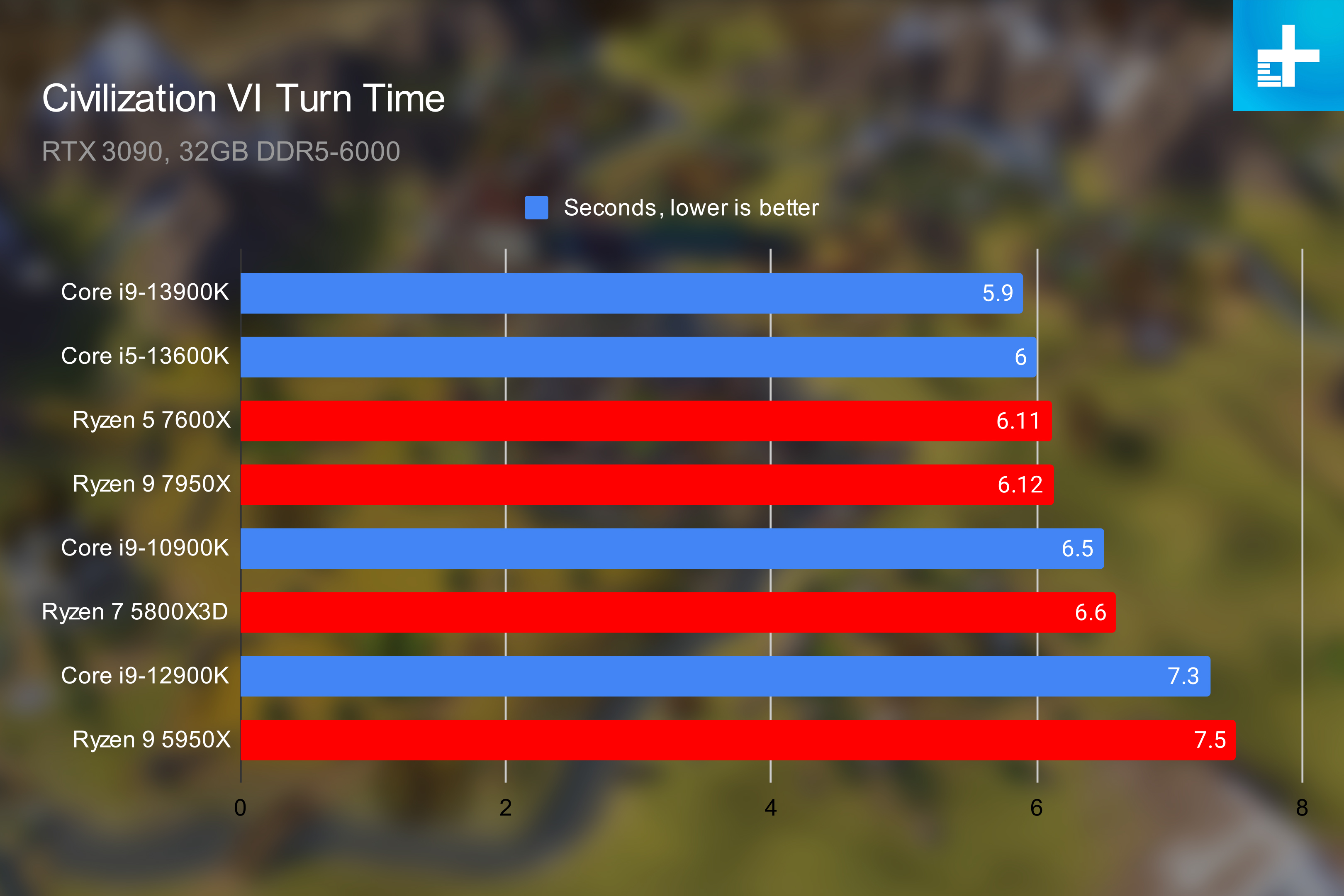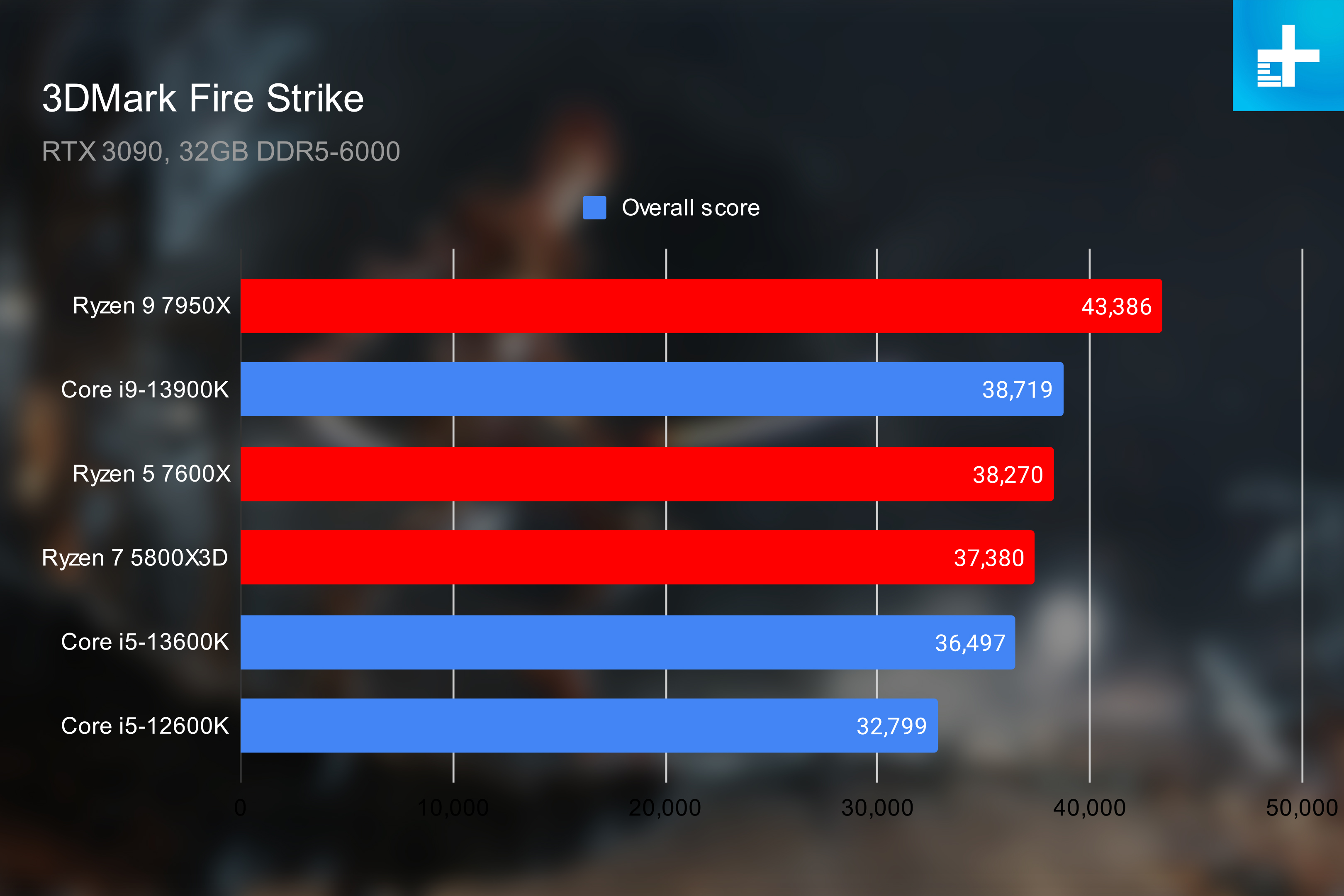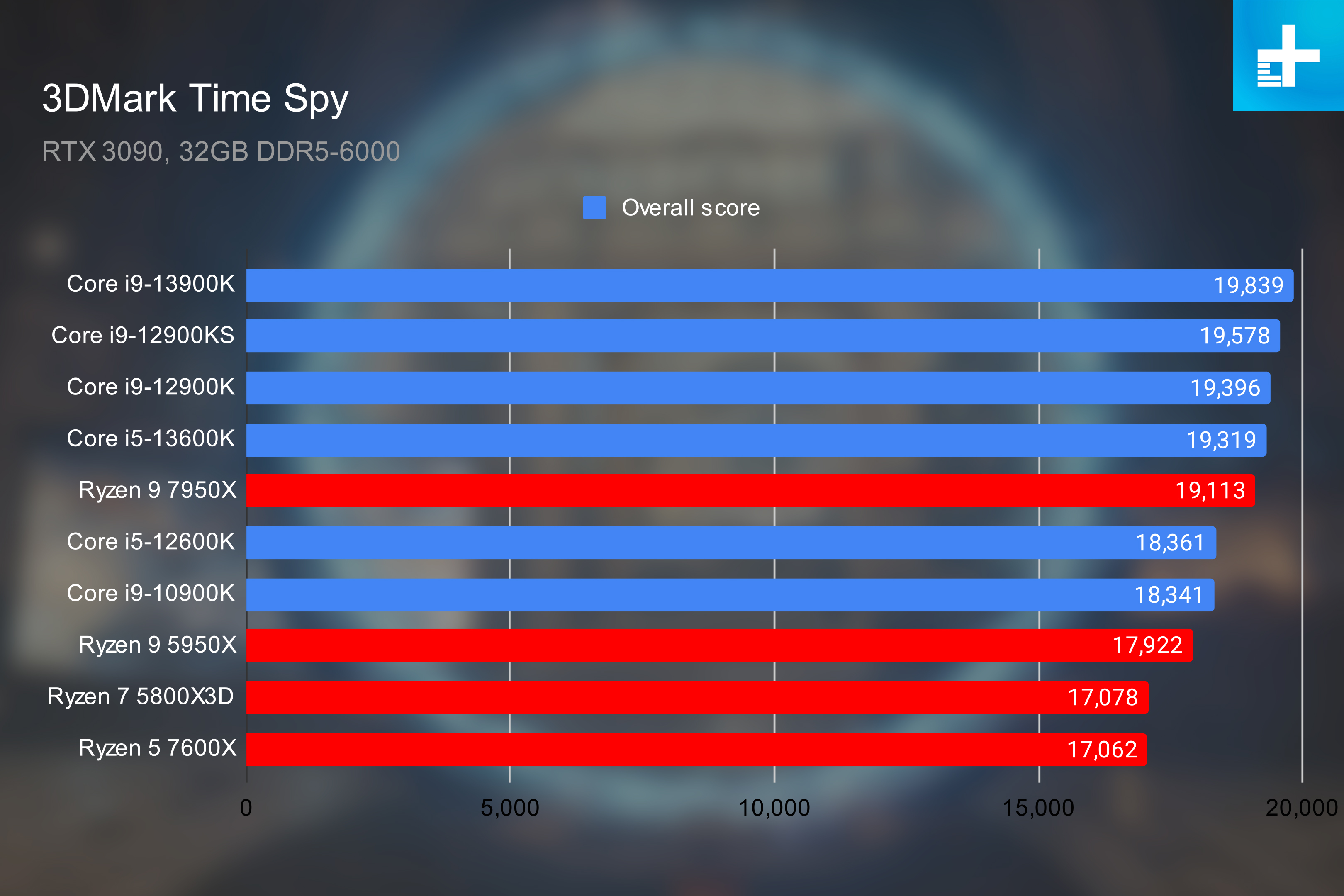Raptor Lake is Intel’s 13th generation of processors, and it’s one of the most exciting hardware launches of the year. Following up on the momentum it built with its Alder Lake line of CPUs, Intel is looking to retain some of the hard-fought performance crowns. It’s got new and stiffer competition, though, in the form of AMD’s Ryzen 7000 series of Zen 4 CPUs, which have already impressed for their efficiency and performance.
How will these new CPU lines fair when going head to head? Here’s everything you need to know about Raptor Lake.
Pricing and availability

The first Raptor Lake processors arrived on October 20, 2022. Intel says its 13th-gen lineup will include 22 processors total, but only six are available now. As usual, Intel is releasing unlocked versions of its i5, i7, and i9 CPUs, along with unlocked variants that don’t have integrated graphics. Here’s how list pricing looks:
- Core i9-13900K — $590
- Core i9-13900KF — $564
- Core i7-13700K — $410
- Core i7-13700KF — $385
- Core i5-13600K — $320
- Core i5-13600KF — $295
Close to launch, prices will likely be slightly higher than the numbers listed by Intel. Last-gen’s Core i9-12900K, for example, sold for around $620 to $650 near launch (though it settled back down a few weeks later). Availability shouldn’t be an issue, but similar to pricing, inventory might be tight near release day.
Specs

Raptor Lake is largely an upgrade to Alder Lake, utilizing the same node and hybrid architecture. We’ll dig more into that architecture in the next section, but for specs, Intel is focusing mainly on higher core counts and clock speeds, as well as boosted cache to compete with gaming processors like the Ryzen 7 5800X3D.
| Core i9-13900K | Core i7-13700K | Core i5-13600K | |
| Cores/threads | 24 (8+16)/32 | 16(8+8)/24 | 14(6+8)/20 |
| Base clock speed | 3GHz (P-core), 2.2GHz (E-core) | 3.4GHz (P-core), 2.5GHz (E-core) | 3.5GHz (P-core), 2.6GHZ (E-core) |
| Boost clock speed | Up to 5.8GHz | Up to 5.4GHz | Up to 5.1GHz |
| L2 cache | 32MB | 24MB | 20MB |
| L3 cache | 36MB | 30MB | 24MB |
| Max boost power | 253W | 253W | 181W |
| Price | $589 | $409 | $319 |
Although core counts are up, Intel isn’t adding more P-cores, rather opting to boost the E-core count instead. That could help with heavy multitasking, but the E-cores don’t support Hyper-Threading. You get 24 cores on the Core i9-13900K, for example, but only 32 total threads.
Clock speeds are up as well, with the flagship Core i9-13900K clocking in at 5.8GHz on a single core. Intel has shared demos of a single Raptor Lake core reaching over 8GHz with LN2 extreme overclocking, suggesting that you may be able to push your own clock speeds higher, given you have enough power and cooling.
The biggest departure from Alder Lake comes in the form of cache. Raptor Lake comes with double the amount of L2 cache, which could help in cache-sensitive games like Far Cry 6.
Power limits remain high, as they were on 12th-gen CPUs. Intel is pushing the envelope a bit harder this time around, with a 12W boost on the i9 and i7 and a 31W jump on the i5. Intel’s 12th-gen processors already ran hot, so the extra power and core count don’t help the situation much. Thankfully, that doesn’t limit performance, given you have enough cooling.
Architecture

Raptor Lake is very similar to Alder Lake, and that becomes clear when you look closer at the architecture. 13th-gen CPUs use the same Intel 7 manufacturing process, and they adopt a hybrid architecture. Cores are split up into performance (P) cores and efficient (E) cores to boost multitasking performance without high power and thermal demands.
Intel is keeping with the same Gracemont E-cores that showed up in Alder Lake, just boosting the number of them on the chip. Intel has confirmed that the P-cores use the new Raptor Cove microarchitecture, too. The updated design offers “improved speed paths,” according to Intel.
In practical terms, Intel says it was able to optimize the core voltage as frequency increased, allowing Raptor Lake processors to hit higher clock speeds than their Alder Lake counterparts. The new design also offers 2MB of L2 cache per core, double what was available on Alder Lake.
To accommodate more power, Intel is using a larger die that fits more E-cores along with their cache. The various cores, and their differing architectures, are brought together by a larger compute fabric that stretches across the die. The new fabric supports clock speeds up to 900MHz than the previous iteration, as well as opens up a pool of up to 36MB of shared L2 cache.
Although there are a few significant changes under the hood, Intel says the majority of its performance improvements still come down to frequency and thread count. In addition to hardware improvements, Intel says it’s continuing to optimize features like Intel Thread Director, which helps allocate workloads to the most appropriate core.
Performance
Intel has much to build on, with its existing Alder Lake CPUs being performance leaders in most categories for much of their life, including monster chips like the Intel Core i9-12900KS. However, Raptor Lake goes further, and with clock speeds and core counts rising across the board, we found impressive performance gains in our Core i9-13900K and Core i5-13600K review.
Overall, the flagship Core i9-13900K trades blows well with the competing Ryzen 9 7950X. Intel said Raptor Lake would bring a 15% boost in single-threaded tasks and up to a 41% boost in multithreaded tasks, which is just a bit optimistic. Our testing shows closer to a 10% jump in single-threaded and a 35% jump in multithreaded, but it depends on the application.
Handbrake, for example, doesn’t show the same gains that Cinebench and Geekbench do. The Core i9-13900K tops the charts, but it also shows about a 21% lead over the Core i9-12900K (and even less compared to the Core i9-12900KS). PCMark 10 similar showed only a 10% gain for the Core i9-13900K, though this admittedly isn’t the best benchmark to show the power of a 24-core flagship CPU.
Creative apps show larger improvements, however, with the Core i9-13900K offering a 26% boost over the Core i9-12900K in Photoshop. The Core i5-13600K offered a gen-on-gen boost of 15%, however. In Premiere Pro, the Core i9-13900K offered a smaller improvement of 12%, though Intel was still able to claim the top slot in both of these tests.
Although performance is up, even if it’s a bit below what Intel promised, gaming doesn’t see much of a boost. Most titles don’t see much of a difference at all, and if they do, the Raptor Lake chips are within a few frames of the previous generation. However, the boosted cache and core counts can help in some games, as showcased by Forza Horizon 4.
Motherboard and chipset
Gamers looking to move to 12th-gen Alder Lake this year will get some good news if they’re eyeing a Raptor Lake upgrade. Intel is using the same LGA1700 socket as the previous generation, so most Z690 motherboards will support 13th-gen CPUs. Intel is debuting Z790 motherboards along with the release date, as well.
Regardless of the chipset, you’ll be able to use DDR4 or DDR5 memory as long as you have a motherboard that supports the memory standard you want to use. Although many Z690 motherboards have already brought support for 13th-gen CPUs, most B-series and H-series boards haven’t. You’ll want to consult your motherboard vendor to make sure the new generation is supported. Intel says all 600-series chipsets should work, given they have a proper BIOS update.
